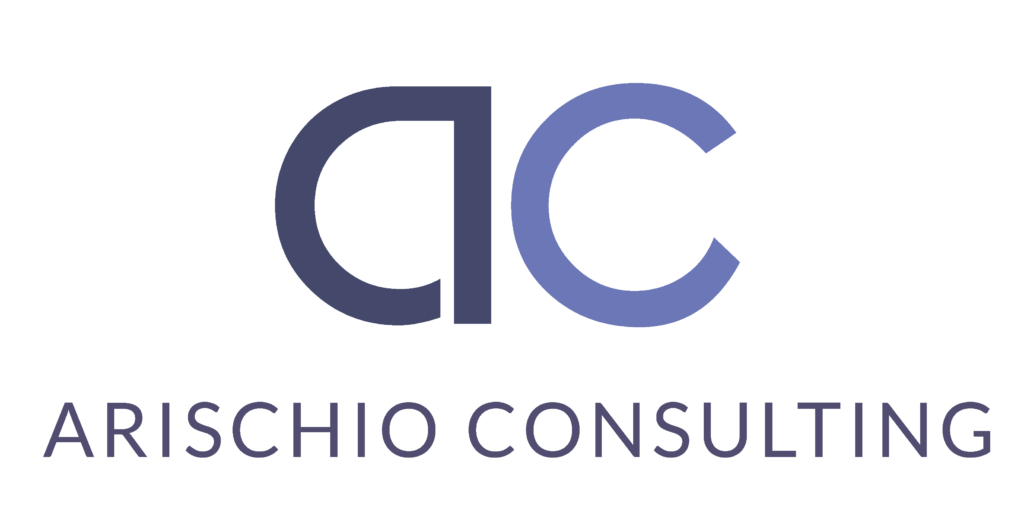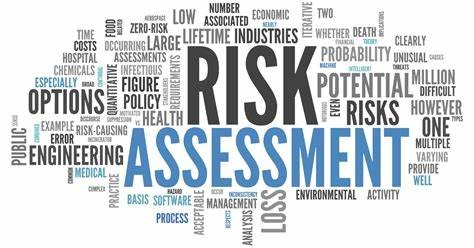Risk assessment and quantification are essential processes for identifying, analyzing, and prioritizing risks within an organization. Several methods and techniques can be used to conduct these processes effectively. Here are some common approaches:
- Qualitative Risk Assessment:Risk Identification: Start by identifying potential risks relevant to the organization’s objectives, projects, or operations. This can be done through brainstorming sessions, historical data analysis, expert judgment, and risk registers.Risk Analysis: Once risks are identified, assess their likelihood of occurrence and potential impact qualitatively using techniques such as risk matrices, risk heat maps, or risk scoring systems. Assign subjective ratings (e.g., low, medium, high) to each risk based on its severity and likelihood.Risk Prioritization: Prioritize risks based on their qualitative assessments. Focus on high-priority risks that pose the greatest threat to achieving organizational objectives or mission-critical activities.
- Quantitative Risk Assessment:Data Analysis: Gather relevant data and information to quantify risks more precisely. This may include historical incident data, financial records, market data, or expert estimates.Probability and Impact Assessment: Use statistical methods and mathematical models to estimate the probability of occurrence and potential impact of each risk event. Techniques such as Monte Carlo simulation, decision trees, and sensitivity analysis can help quantify uncertainties and variability.Risk Measurement: Express risks in quantitative terms, such as expected monetary loss, probability distributions, or key risk indicators (KRIs). This allows for more precise measurement and comparison of risks across different scenarios.Risk Aggregation: Aggregate individual risk assessments to evaluate overall risk exposure at the organizational level. Consider correlations between different risk factors and their combined effects on objectives or outcomes.
- Scenario Analysis:Scenario Generation: Develop plausible scenarios or hypothetical situations that represent different combinations of risks and their potential consequences. This can be done through scenario workshops, scenario planning techniques, or historical analogs.Impact Assessment: Analyze the impact of each scenario on organizational objectives, performance metrics, or key outcomes. Consider both direct and indirect effects of risk events on operations, finances, reputation, and stakeholders.Decision Support: Use scenario analysis to inform decision-making and strategic planning. Identify robust strategies and contingency plans that are resilient to a range of possible futures and uncertainties.
- Expert Judgment:Expert Elicitation: Engage subject matter experts and stakeholders to provide insights and expert judgment on potential risks and their implications. Experts can contribute valuable domain knowledge, experience, and perspectives to the risk assessment process.Delphi Method: Facilitate consensus-building among experts through iterative rounds of anonymous feedback and discussion. The Delphi method helps reduce bias, clarify uncertainties, and reach agreement on risk assessments.
- Technology and Tools:Risk Management Software: Utilize specialized risk management software and tools to streamline the risk assessment process, automate data analysis, and visualize risk data. These tools often offer features for risk scoring, scenario modeling, and reporting.Data Analytics and AI: Leverage data analytics techniques, machine learning algorithms, and artificial intelligence (AI) to analyze large datasets, detect patterns, and identify emerging risks. AI-powered risk analytics can enhance predictive capabilities and decision support.
By combining qualitative and quantitative approaches, leveraging expert judgment, conducting scenario analyses, and utilizing appropriate tools and technology, organizations can conduct comprehensive risk assessments and quantification to make informed decisions and enhance resilience to uncertainties. Regular review and update of risk assessments are also crucial to adapt to changing risk landscapes and emerging threats.
Assess yourself against this checklist. How many of these components are in your arsenal?


